Word meanings in language evolution and language development show similar patterns
Engineering Sciences
Humans creatively describe new things that lack words, but must do so by relying on known words in their vocabulary. This process of reusing the same word for multiple meanings, which is called "word meaning extension," occurs at the individual level (short-term as small children learn languages) as well as the population level (in long-term language evolution, as well as in language use by adults). One long-standing issue has been whether the patterns that children use (individual level) to extend new meanings to known words are similar to patterns implicated in longer-term, historical language evolution (population level). We developed a computational framework to examine this question in more than 1400 languages at both the individual and population levels. We found that word meaning extensions across both levels share common ground because they are associated with cognitive advantages for learning, remembering, and understanding words. (Note by GB: adapted from the Editor's summary of the article.)
We examine word meaning patterns in over 1400 languages.
Summary of our approach. We extract different kinds of relationships between meanings (such as visual similarity) from large-scale databases and computational models, and do cross-prediction between phenomena.
Computational model that we develop. The crucial part is cross-prediction, where we expose the model to data from e.g. adults and ask it to predict e.g. children data.
REFERENCE
You may also like...
Efficiency enhancement in Lithium-Sulfur batteries
2024
Engineering Sciences
Atomic optical antennas
2024
Experimental Sciences & Mathematics
Microtubule nucleation visualized at high resolution
2024
Life & Medical Sciences

